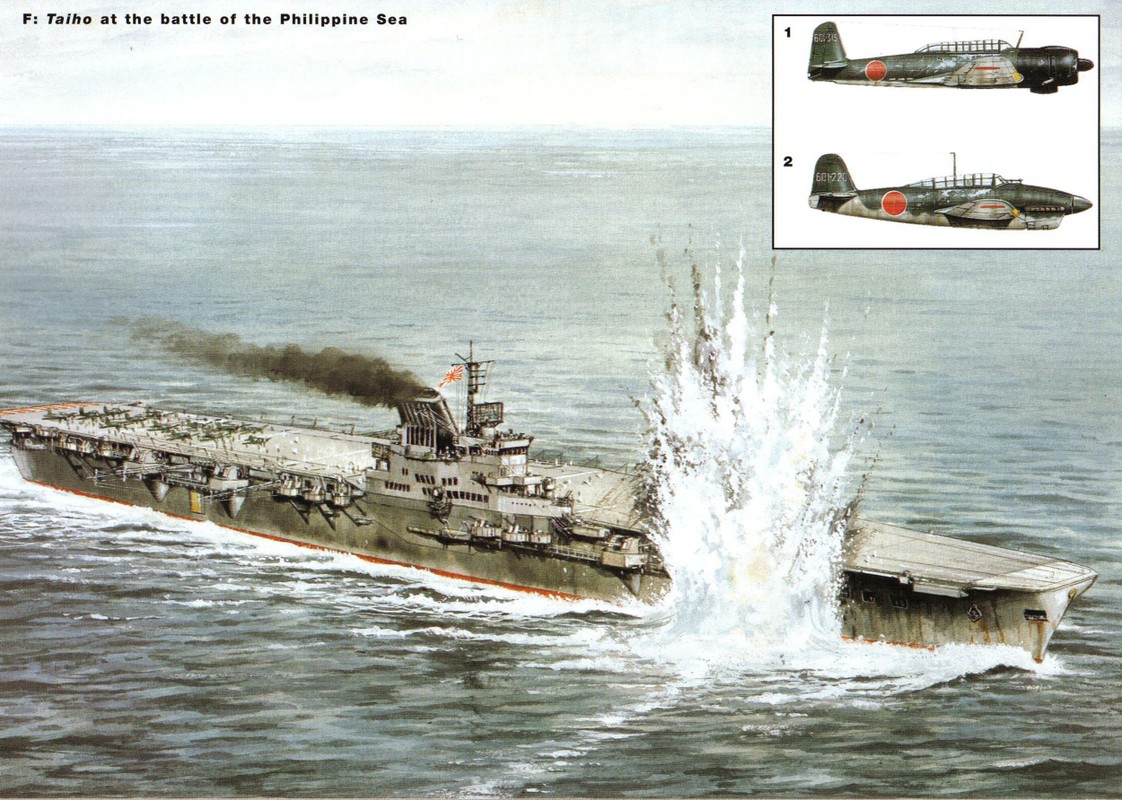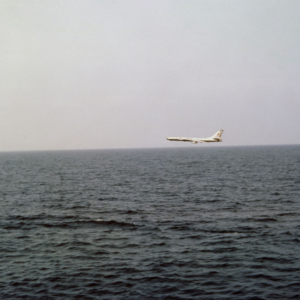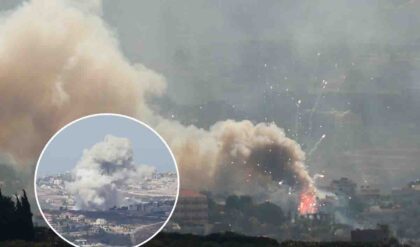1944 can be said to be a year of serious crisis for the Imperial Japanese Navy (IJN) when they were continuously attacked by the United States Navy (USN) and suffered heavy losses. The long series of failures made the IJN commanders extremely frustrated. To save the situation at that time, the IJN commanders decided to build new ships.
A question for the IJN commanders at that time was if they built new ships, what ships would they build? The Yamato-class warships had large ships and big guns but were ineffective, and also consumed a huge amount of fuel while the Japanese Empire was in dire need of them to feed its war machine.
Building cruisers and destroyers could only afford to build a few small ones due to limited funding. So the IJN decided to build new aircraft carriers. Partly because after the Battle of Midway, Japan lost 4 aircraft carriers and many experienced pilots.

Japan’s industry at that time was “tiny” compared to the American giant. So the IJN chose to build an aircraft carrier that they thought would be better than the American Enterprise class and Essex class, that was the Taiho (Great Phoenix).
Taiho was Japan’s “unique” aircraft carrier. It had an armored flight deck, a closed bow like a British aircraft carrier, cutting-edge technology and the most modern anti-aircraft firepower compared to Japan’s aircraft carriers at that time. However, the ship did not do much, it was sunk only 3 months after launching.
That was on June 19, 1944, in the Battle of the Philippine Sea, after being hit by a torpedo from the submarine USS Albacore, the sailors tried to repair the ship. The repair went well and the ship continued to launch planes from its flight deck.
However, a rare incident occurred when a crew member accidentally opened the ventilation hatch, allowing gasoline vapor to spread throughout the ship’s compartments (the torpedo attack had previously caused gasoline to spill all over the ship). An electric spark or some other ignition caused the gasoline vapor to ignite violently and explode the ship. 1,650 unfortunate sailors were lost forever with Taiho.

The lack of aircraft carriers forced the IJN to find other ways to get new aircraft carriers, including renovating civilian ships, transport ships, and all the unfinished ships in the harbor.
This idea helped Japan have a few more “reluctant” aircraft carriers such as Junyo and Hiyo, which were rebuilt from passenger ships. Shinano – the third ship of the Yamato class battleship was also the subject of IJN’s renovation.
Shinano was upgraded to become a large support aircraft carrier, but due to the difficult situation at that time, it was only equipped with 47 fighters to protect itself – a 70,000-ton piece of steel.
Shinano’s anti-aircraft firepower could be said to be strong, but the number of 25mm guns was still not enough to help the ship withstand large attacks from American aircraft. Even more difficult was the ship’s many design flaws that made the ship’s armor weak and many other technical limitations.

But the anecdote about Shinano that made it famous to posterity was its “short-lived” fate. Shinano was sunk after only 10 days of being launched.
In the early morning of November 29, 1944, the American submarine USS Archerfish hit Shinano with 4 torpedoes. The Yamato-class battleship’s thick armor should have saved it, but technical problems made it useless.
The water was pouring in so fiercely, and the attack took place while the sailors were sleeping, so there were not many people present to save the ship. Shinano sank at 10:57 that day, taking 1,435 sailors with her.
News
How Hezbollah & Israel counter-attack after the Lebanon Explosion
How Hezbollah & Israel counter-attack after the Lebanon Explosion This is how Hezbollah responded to Israel after the sophisticated pager and walkie-talkie explosions, which occurred across Lebanon. They retaliated by launching guided missiles for the first time. The three strikes…
[MUST WATCH] In pictures: The deadliest day in Lebanon in nearly a year of conflict
In pictures: Israel strikes hundreds of Hezbollah targets in Lebanon Israel attacked hundreds of Hezbollah targets on Monday in airstrikes, making it the deadliest day in Lebanon in nearly a year of conflict. Smoke billows over southern Lebanon following Israeli…
BREAKING NEWS: US sends more troops to Middle East as violence rises between Israel and Hezbollah
US sends more troops to Middle East as violence rises between Israel and Hezbollah Violence between Israel and Hezbollah is raising risk of a greater regional war. WASHINGTON — The U.S. is sending a small number of additional troops to the…
Easy Company Facts Even Hardcore Fans of ‘Band of Brothers’ Don’t Know
Photo Credit: HBO / Getty Images HBO’s 2001 miniseries, Band of Brothers, has continued to gain popularity in the decades since its release. This is partly due to later generations having greater access to the series – in particular, via…
Mighty MO – USS Missouri (BB-63) Video and Photos
There are three other ships in the United States Navy which were named after the state of Missouri besides the battleship USS Missouri (BB 63), and although she became associated with the history of the Japanese raid at Pearl Harbor, she…
A Soviet TU-16 medium jet bomber flies past the anti-submarine warfare support aircraft carrier USS Essex
That Time A Soviet Tu-16 Badger Crashed Into The Sea After Buzzing A U.S. Aircraft Carrier A screenshot from the video filmed aboard USS Essex shows the Tu-16 Badger flying very low close to the aircraft carrier. Low pass with…
End of content
No more pages to load











